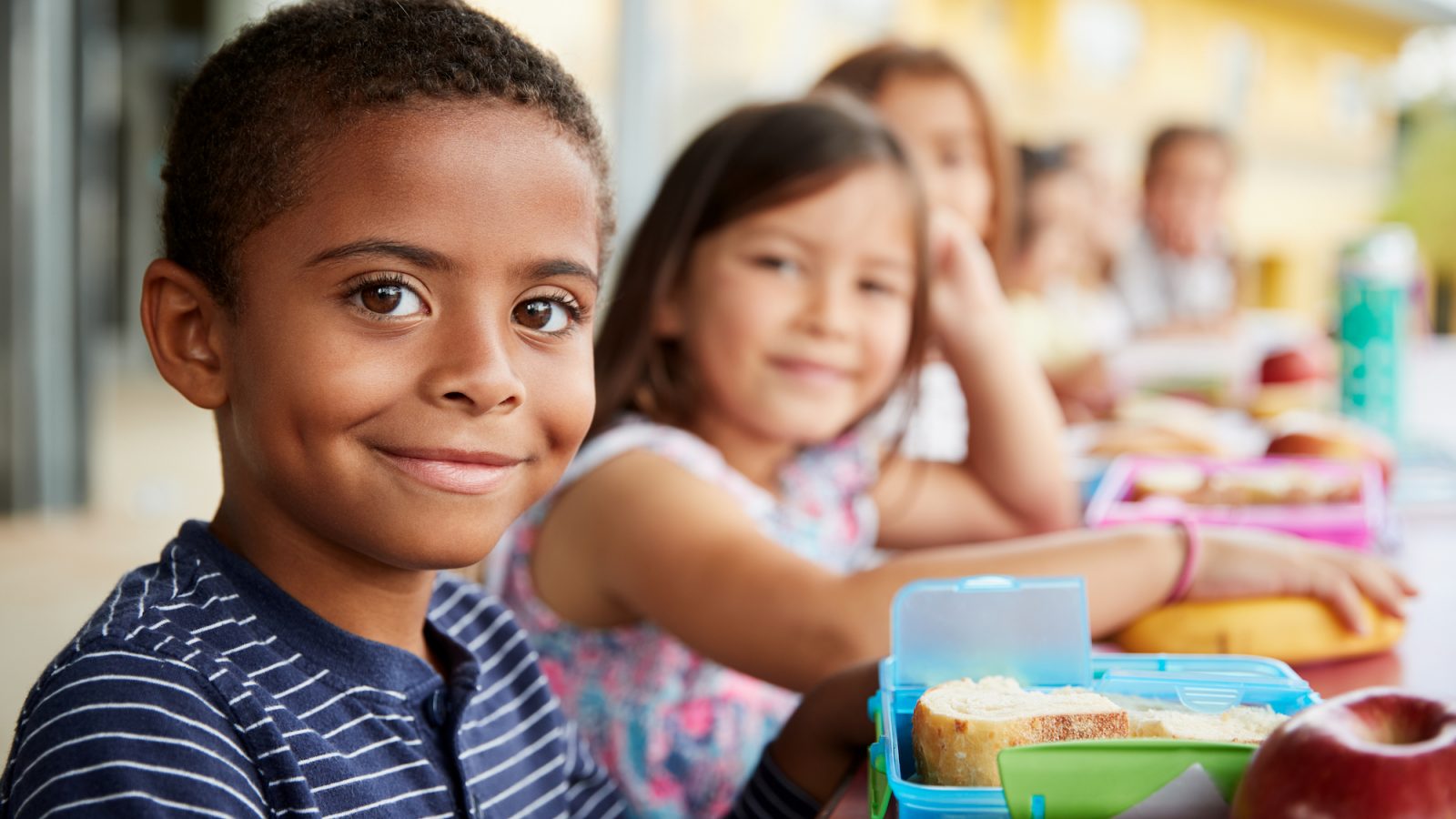
September nights are getting a bit cooler, day camps have ended, and outdoor public pools are closed, which can only mean one thing for parents of school-age children: kids are back in school!
The new school year school can be exciting and stressful, for sure. While kids think about new teachers, new classmates, making new friends, and learning new subjects, parents focus on the essentials: books, clothes, and other necessities to ensure their child is prepared. Being back at school requires adapting to new schedules, getting to bed earlier, and waking up earlier. And for many, the new school year also means packing lunches and snacks, which can add stress. So, let’s think out of the box – the lunch box -- that is, with some ways to make lunch fun, affordable, and healthy.
How to plan a school lunch
Planning a school lunch, like planning meals at home, should follow the USDA MyPlate model to ensure that we are not eating too much of one food group and missing the others. What exactly does that mean? It means putting as many vegetables as possible to take up half of the plate, adding some protein in one remaining part, and one grain or starch in the other corner. Following this pattern provides at least three food groups for that one meal, and adding things from the other groups as a side or dessert, or as a snack adds up to balanced nutrition. As a reminder, the five food groups include:
Vegetables such as spinach, broccoli, carrots, kale, or Brussels sprouts
Proteins such as chicken, eggs, beans, fish, tofu, or nuts (nut-butters)
Fruits like melons, grapes, figs, or mangos
Grains/Starches such as quinoa, barley, oatmeal, rice, pasta, or tortillas
Dairy: cheese, milk, yogurt, kefir, and some plant-based milk alternatives like soy milk or pea-milk. (Almond milk and oat milk are not considered part of this group because they are too low in some nutrients compared to dairy.)
Are they bored with sandwiches?
Making sandwiches every day can get old fast for the maker and the eater. Deli meats are loaded with a lot of salt and other chemicals that can cause health problems if eaten once or twice a week. When planning a sandwich, consider other items to add such as tuna, eggs, or avocado. And think of other ways to make it — tortilla, taco, tapioca wraps, and for the adventurous, lettuce for lettuce-wraps!
Thinking out of the box does not have to be hard. For a new twist on a familiar favorite, try two slices of whole wheat bread and add two tablespoons peanut butter topped with one-half sliced banana or two tablespoons of frozen blueberries and a tablespoon of honey. Adding a cheese stick to that lunch totals one protein, one fruit, two grains, and one dairy serving -- hitting all the food groups except veggies. To balance out the school day, for a snack, send sliced carrots and hummus, edamame, or cut-up veggies with a little salsa! Remember, for items that need to be kept cold, a cold-pack in an insulated lunch bag is needed.
Using a thermos designed to keep foods cold or hot is another good way to add variety. Vegetable soups, bean soups, whole-grain mac and cheese, and chilis are satisfying and nourishing. Add fruit, a cup of yogurt, and a tortilla if there is no other grain/starch in the soup, and, bam, it’s another balanced meal!
Do you really know what they’re eating?
Many families qualify for free lunch. Having breakfast and lunch provided at school can reduce the need to plan meals and save money. However, checking in with your child to ask what they ate for lunch and snacks is essential. If a child had three cups of milk at school, it is important to know that because that completes the daily requirement for that food group. As such, dinner and snacks at home should not include any additional milk or dairy for the day.
The list of fun lunches is long. And just because you made it and sent it does not guarantee it got eaten. Talk to your child and ask questions. Having them do age-appropriate tasks to help prepare their lunch is an excellent way to build responsibility and establish interest and ownership in what’s offered. These actions can lead to greater acceptance.
The MyPlate website https://www.myplate.gov/life-stages/kids offers lots of information, recipes, games, and other tools to help save money and plan meals. Check it out as part of a great school year!
This article was contributed by Helene Rosenhouse-Romeo, RD, CDN, CLC, MPH, Ryan Health Director of WIC and Nutrition.